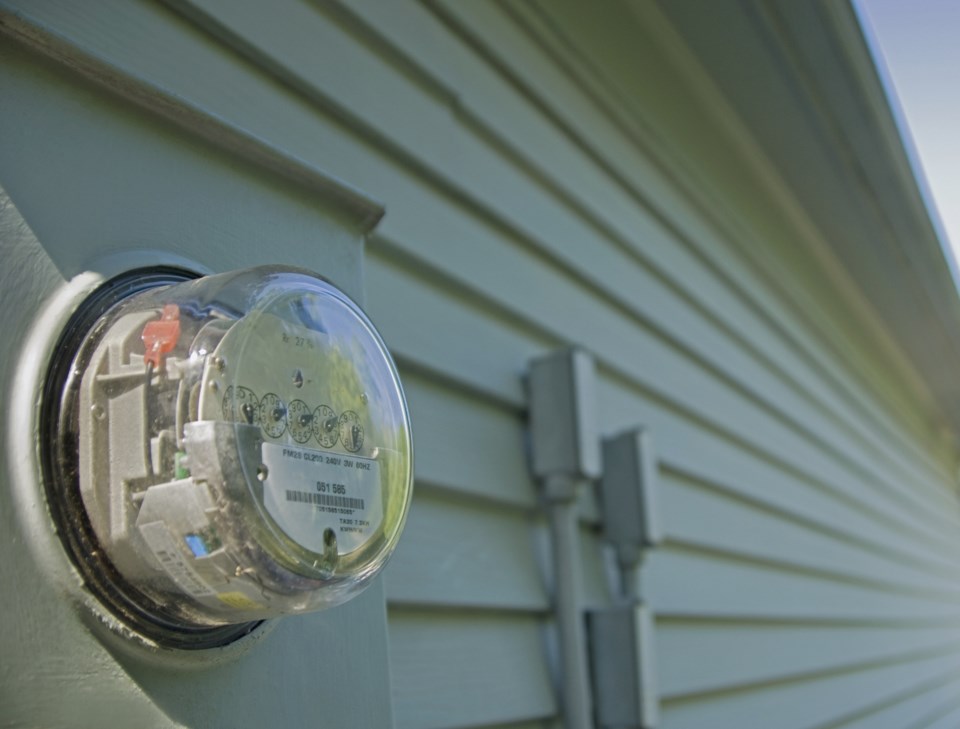The Longmont Leader accepts contributions, photos, and op-eds for publication from community members, business leaders and public officials on local topics. Publication will be at the discretion of the editor and published opinions do not represent the views of the Longmont Leader or its staff. To submit a contribution, email [email protected].
Longmont Power and Communication (LPC) doesn’t generate much electricity. Most of our power comes from plants around the region owned and managed by Platte River Power Authority (PRPA). In 2018, PRPA’s four owner cities, Longmont, Loveland, Fort Collins, and Estes Park, passed resolutions requiring PRPA to convert from fossil-fueled power sources to 100% renewable sources by 2030. PRPA supplies our energy economy. The cities provide the demand.
PRPA says it can achieve up to 88% of that goal. Changes in the way the cities use and manage energy must provide the rest. This year LPC starts rolling out its Advanced Metering Infrastructure (AMI) smart meters. That’s an important tool to gather data the cities need to understand and manage their demand.
Why AMI?
Smart meters neither generate nor store electricity. So how can they save us money or reduce greenhouse gas emissions?
Longmont’s smart meters will be active participants in keeping our electric system more reliable and sustainable than ever while we make this exciting transition into the future. They are sensitive instruments that measure the health and performance of the grid.
A Smart Grid has three jobs:
Job 1: Distribution Management
In the 20th Century, coal-burning power plants produced a steady supply of electricity. A light might be on or off, a factory conveyor might run slow or fast, but the devices that consumed electricity were stationary. Loads on the system of lines, transformers, and switches that deliver current didn’t move around, and their usage was predictable. Need more power? Throw more coal onto the fire.
As we derive more energy from renewables, our supply comes from multiple sources. As homes and businesses move essential uses like space and water heating from fuel oil or fossil gas to electricity, demands on the grid increase and change. New and upgraded homes place higher demands on our power grid. Electric vehicles require adaptations to our infrastructure.
The Smart Grid’s earliest job is to track these changes in demand, so LPC can more easily and accurately identify areas on the grid that need upgrades. Smart meters help keep LPC’s service as reliable, efficient, and affordable as possible.
Job 2: Demand Management
Today we use more energy in summer than winter. We use more power in late afternoon, when people use their devices most. These patterns will change with the energy transition. In the future, energy supply and demand will vary more. Smart Grid automation does the job of matching supply with demand.
Nobody expects that power won’t be available when we want it. It was a shock, in February 2021, when frozen natural gas systems caused Texas provider ERCOT to fall fatally short of that expectation. Longmont and PRPA must invest in our energy distribution technology to ensure that doesn’t happen here.
Some energy uses, like turning on a light, need to happen on request. But others, such as heating rooms and water and charging batteries, can be done any time when energy is plentiful. Intelligence in smart devices such as meters and EV chargers will make sure work is timed to meet our needs but spreads out demand so that the supply of power is never exceeded.
Job 3: Consumer Benefits
Data from the Smart Grid will soon work to save Longmont residents and businesses money. When renewable energy supply is plentiful, the wholesale cost per kilowatt is low or free. The system tracks consumption month-to-date, and can alert us when we’re close to exceeding our budgets. As the smart grid matures, these services will phase in automatically, saving us the effort of monitoring our habits and expenditures.
So, Why AMI?
Why must Longmont take on this work when fossil energy serves our needs today? Because our future depends on it. We already experience poor air quality, wildfires, extreme weather, and system failures because of climate change. The largest contributor to climate change is burning fossil fuels. Energy from sun and wind is free – but harnessing it isn’t. To clean our air and calm our weather, we must transition to renewable energy now. AMI is Longmont’s next step towards a more sustainable future.
Marcia Martin sits on the Longmont City Council. Her opinions are her own.



